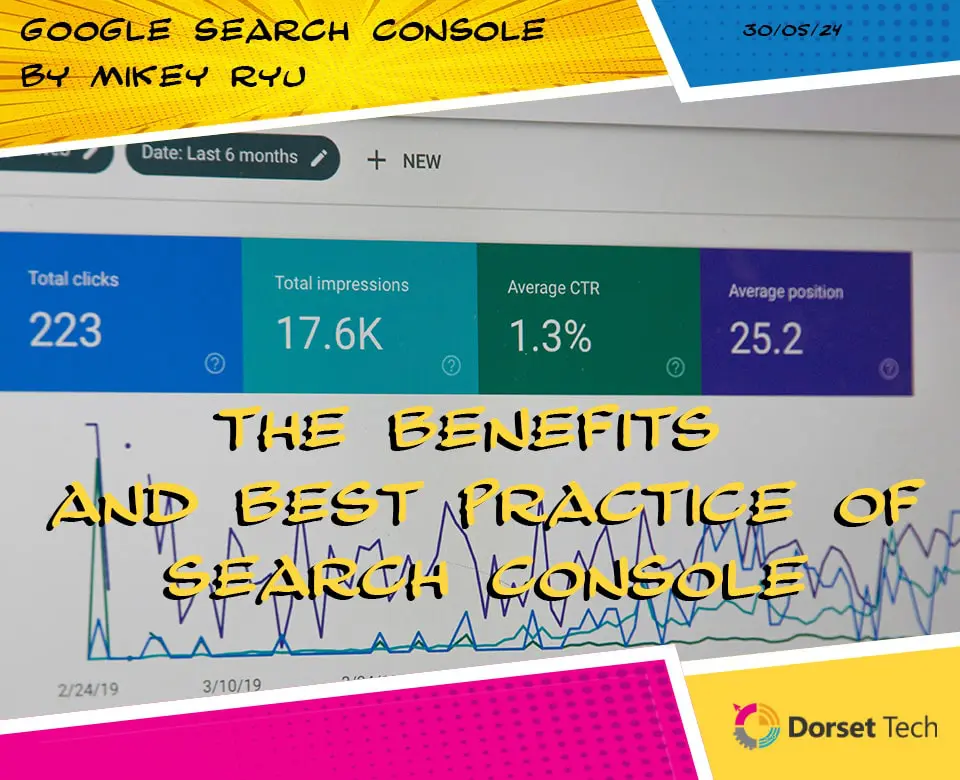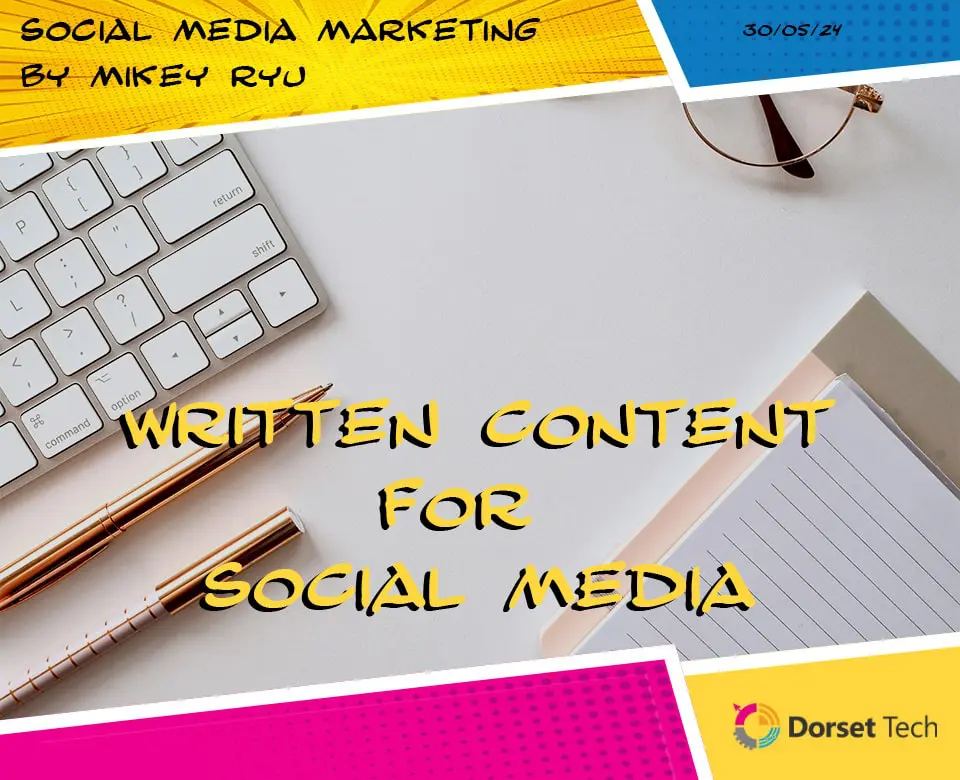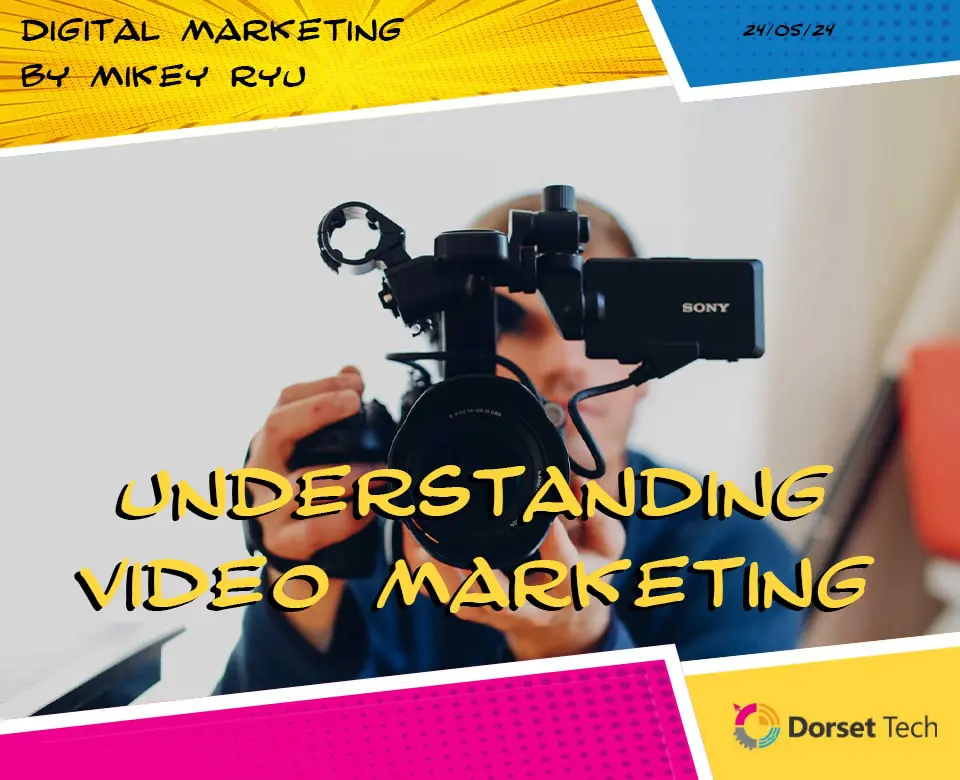Choosing an Agency: The Final Decision
As you near the culmination of your web design journey, making the final decision on selecting an agency marks a pivotal moment in bringing your vision to life. However, the conclusion of the selection process is just the beginning of a new chapter—the execution of your web design project and the realisation of your online goals. In this guide, we’ll explore the final decision-making process and outline the next steps to ensure a seamless transition from selection to implementation.
1. Final Decision
After thorough research, assessment, and deliberation, it’s time to make the final decision on selecting a web design agency. Consider factors such as experience, expertise, portfolio, communication, cultural fit, and budget when making your decision. Trust your instincts and choose the agency that not only meets your requirements but also aligns with your values, goals, and vision for your website. Once you’ve made your decision, it’s time to move forward with confidence and excitement.
2. Sign a Contract
Before commencing the project, it’s essential to formalise the agreement between you and the selected agency by signing a contract. The contract should outline the scope of work, project deliverables, timeline, payment terms, and any other relevant agreements. Review the contract carefully to ensure that all terms and conditions are clearly defined and understood by both parties. Signing a contract provides legal protection and ensures that both parties are accountable for fulfilling their obligations throughout the project.
3. Kickoff Meeting
Schedule a kickoff meeting with the agency to officially launch the project and establish clear lines of communication and collaboration. During the kickoff meeting, review the project scope, objectives, timeline, and deliverables. Introduce key stakeholders and team members from both sides and clarify roles and responsibilities. Establish communication channels, project management tools, and milestones to track progress and ensure that everyone is aligned on project goals and expectations.
4. Collaborate and Provide Feedback
Throughout the design and development process, maintain open communication with the agency and actively participate in the project. Collaborate closely with the agency’s team, provide timely feedback, and review design mockups, prototypes, and development milestones. Your input and feedback play a crucial role in shaping the outcome of the project and ensuring that the website aligns with your vision and objectives. Be proactive in addressing any concerns or issues that may arise and work together towards finding solutions.
5. Monitor Progress and Stay Involved
As the project progresses, monitor progress regularly and stay involved in the process. Review design revisions, test website functionality, and provide input on content and branding elements. Keep lines of communication open with the agency’s team and address any questions or concerns promptly. Regular check-ins, status updates, and milestone reviews help keep the project on track and ensure that deadlines are met. By staying involved and engaged in the process, you can help ensure the successful delivery of your website.
6. Celebrate Success
Once the project is complete and your new website is launched, take the time to celebrate the achievement and success of your web design journey. Share your website with your audience, gather feedback, and celebrate milestones reached along the way. Reflect on the collaborative effort and hard work that went into bringing your vision to life. Celebrating success not only acknowledges the achievements of everyone involved but also motivates and inspires future endeavours.
7. Ongoing Optimisation and Maintenance
After the launch of your website, the journey doesn’t end—it evolves. Ongoing optimisation and maintenance are essential to ensure that your website remains relevant, functional, and effective in achieving your business goals. Continue to monitor website performance, analyse user behaviour, and make data-driven improvements to enhance user experience and drive results. Regular maintenance tasks, such as software updates, security patches, and content updates, should also be performed to keep your website running smoothly and securely.
Conclusion
The final decision and next steps in your web design journey mark the transition from planning to execution, from vision to reality. By making an informed decision, signing a contract, holding a kickoff meeting, collaborating closely with the agency, monitoring progress, staying involved, celebrating success, and continuing with ongoing optimisation and maintenance, you can ensure a seamless and successful web design project. Embrace the journey, embrace the process, and embrace the opportunities that lie ahead as you embark on a new chapter in your online presence.





















